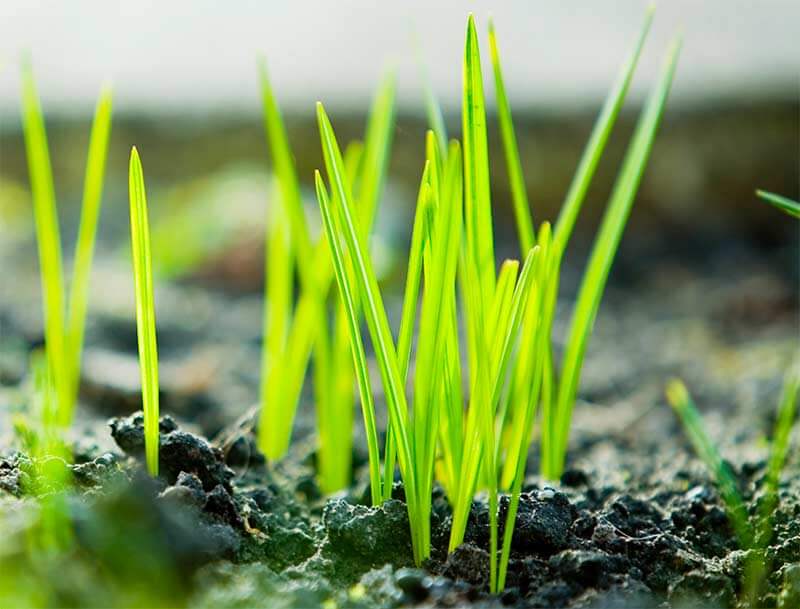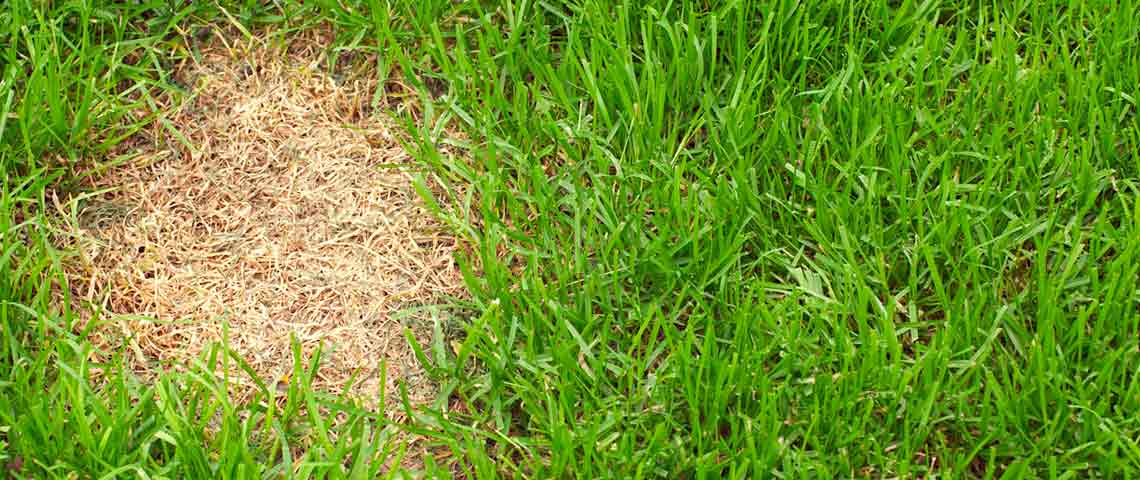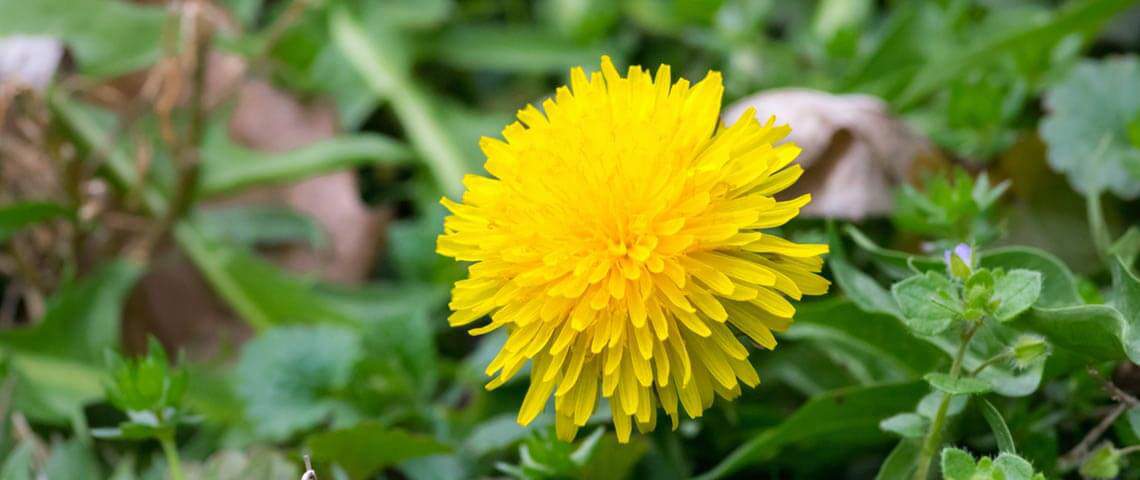How to Repair Bare Spots in Your Lawn
Healthy green turf is a welcome sight as lawns spring to life after winter, but early days sometimes hold surprises. Even well-maintained lawns can yield bare or thin spots, but early spring provides excellent opportunities for corrections. Pre-blended, seeding mixtures eliminate the guesswork in spot repairs by delivering seed, mulch and fertilizer in a single, optimized product. Repairs are simplified, establishment is enhanced, and repaired areas should establish well before summer stresses arrive.
Addressing underlying issues
Rooting out causes of bare spots is an important part of the repair process and helps prevent repeats next season. Some damage doesn't require investigation — de-icing salts, household pets and snow removal equipment leave clear calling cards — but other causes aren't always apparent.
Take time to identify and correct issues so the repaired spots thrive. Melting snow and spring rains usually clear soil salts, leaving de-icing and pet damage ready for repair. But heavy, compacted soil will benefit from pre-repair aeration. Remember to also address drainage problems and level out any high spots prone to mower damage before you repair.
If you suspect nutrient deficiencies or soil pH problems, test your soil early. Soil pH naturally changes over time in well-maintained lawns, affecting nutrient availability. Pennington Fast Acting Lime applied according to soil test results quickly restores acidic soil to the pH range needed for healthy grass growth. If your soil becomes too alkaline, a soil test confirms the best approach to lower your soil pH. Sandy soils and clay soils react differently, so follow the recommendations made for your specific soil. Simple corrections at repair time position new seed for optimal growth.
Preparing bare spots for repair
Mow damaged spots and surrounding areas at normal spring mowing levels, and then remove dead or damaged grass to expose clean soil. If leveling is needed, add or remove topsoil, rake spots briskly, and then smooth the surface. Loose, smooth soil invites new seedlings to take hold.
Delay adding pre-emergent herbicides or weed-and-feed products to repair areas. Unless applied at least five to six weeks before seeding, these products hamper seed germination and rooting.
Applying your seeding mixture
Choose a repair mixture suited to your climate, grass type and sunlight exposure. Premium grass seed, moisture-retaining mulch and stabilized-release fertilizer in Pennington One Step Complete safeguard germinating seed and nourish emerging seedlings until the lawn is ready for normal care regimens.
Smooth the seeding mixture over the soil, applying it at a rate of 1 cup per square foot. This ensures adequate sunlight for germinating and proper seed-to-soil contact for quick, thorough grass establishment. Forget about planting depth and seed stabilization; simply cover exposed soil thoroughly, and water the seeding mixture well.

Proper watering is the most important — and often the most neglected — part of the spot repair process. Moisture-retentive mulch reduces necessary watering and keeps protected seed in place, even on slopes, but expect to water at least once daily. Let weather guide your efforts; adjust your watering to keep repaired areas consistently moist, but never soggy.
Keep repaired areas evenly moist until seedlings reach the recommended mowing height for your chosen grass type. For example, a dense shade mixture should reach 2 1/2 to 3 inches tall, and tall fescue should measure 3 to 4 inches, before you reduce watering to a normal weekly or twice-weekly schedule. Seedlings emerge over seven to 21 days after repair, depending on your mix, and reach mowing height in three to four additional weeks.
Maintaining repaired areas
Allow new growth to get at least one-third taller than recommended mowing height before you mow, or seedling growth could be interrupted. Never remove more than one-third of the grass blade in a single mowing, and increase heights as temperatures climb. Wait to apply herbicide or weed-and-feed to repaired spots until you've mowed three or four times. Grass seedlings can be sensitive to broadleaf herbicides, so always check labels for information.
No matter what winter dishes out, spring lawn spot repairs can be simple. Proper investigation, preparation and follow-up, partnered with innovative Pennington One Step Complete seeding mixture, will enhance your success and restore bare spots to thick, attractive, healthy turf.
Total transformation time from bare spots to mowing height: Two to seven weeks, depending on your region, weather and grass type.
How hard you'll have to work on a scale of 1-4: 1 (Simple)
Time breakdown:
- Preparation and repair: One to three hours, depending on the size and amount of bare spots and any additional corrections needed.
- Watering: 10 minutes once or twice daily under normal weather conditions, until mowing height is reached in four to seven weeks.
Pennington and Pennington 1 Step Complete are registered trademarks of Pennington Seed, Inc.


